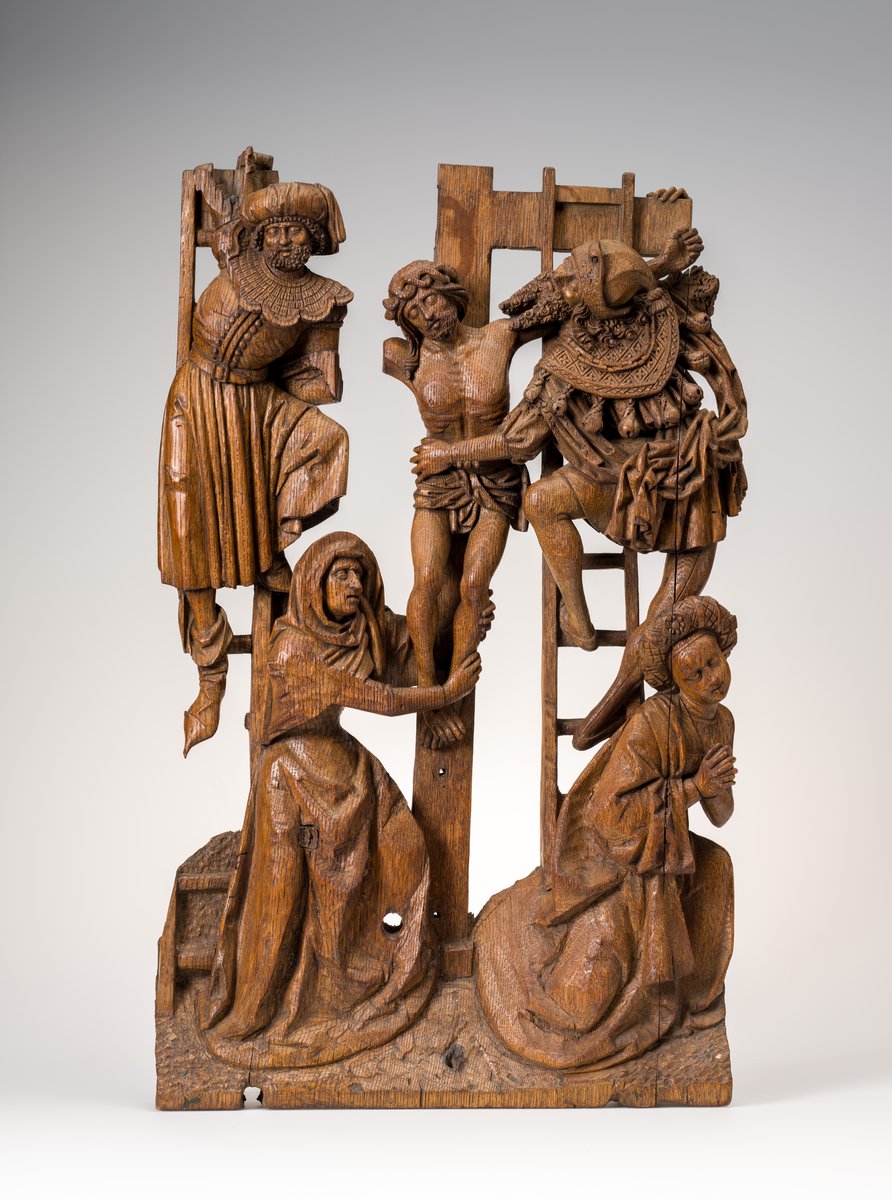
The Deposition
Sculptures
| Artist | |
|---|---|
| Culture | Italian |
| Date | first half of the 17th century |
| Object type | sculpture |
| Medium, technique | bronze with green patina |
| Dimensions | 42 × 31 × 19 cm |
| Inventory number | 5357 |
| Collection | Sculptures |
| On view | Museum of Fine Arts, First Floor, European Art 1250-1600, Gallery XVIII |
The Flemish sculptor, Giambologna achieved a reputation at the Medici court in Florence. His refined mannerist style was popularised throughout Europe by his many pupils and by means of his bronze sculptures that were given by the Medicis as diplomatic gifts. The Nessus and Deianira bronze group created around 1575 is one of his best-known compositions with many casts and variants of it having survived. The type of the Budapest small bronze follows Giambologna’s model and can be associated with the excellent bronz-caster Gianfrancesco Susini. The sculpture captures the dramatic moment of a mythological story related by Ovid: Deianeira, the wife of Heracles is being abducted by the centaur Nessus who as a ferryman offered to help the woman when they intended to cross the river Euenos. Hearing Deianeira’s desperate cries Heracles shot with an arrow the centaur.
Petrovics, Elek – Meller, Simon, Ferenczy István bronzgyűjteményének kiállítása, Országos Magyar Szépművészeti Múzeum, Budapest, 1917, p. 13.
Balogh, Jolán, Katalog der ausländischen Bildwerke des Museums der bildenden Künste in Budapest, IV – XVIII. Jahrhundert: 1. Textband Bd. 1, Akadémiai Kiadó, Budapest, 1975, p. 132-133., no. 167.
This record is subject to revision due to ongoing research.